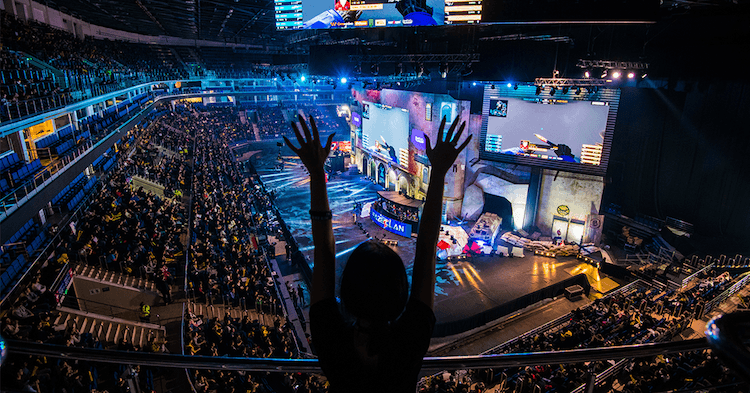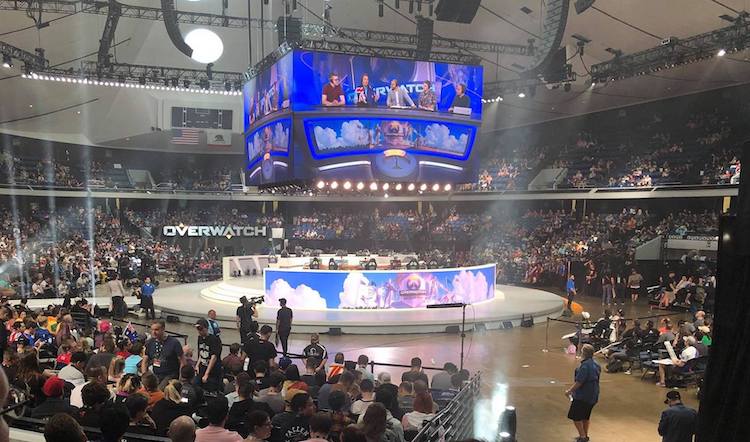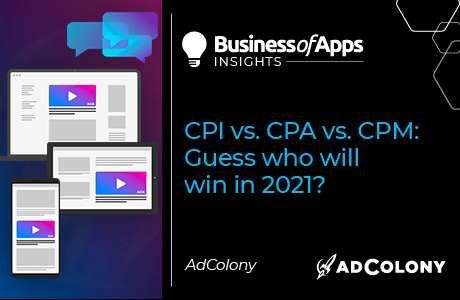
If there’s one trend that we’ve seen accelerate over the past month, it’s the shift from out-of-home entertainment to in-home or digital and online entertainment. For obvious reasons, of course.
Now that ‘real’ sports have been put on hold, with the NBA and NHL suspending their seasons, golf, tennis and auto racing taking a break, and MLB unsure when or if it will get started, sports fans everywhere are feeling the void left by live games. The four major leagues are all responding with streaming content, and fans are taking advantage of the open paywalls.
Time for a MarTech health check
Is your MarTech stack fueling growth or wasting budget? Spot the issues and fix them fast with this free guide from the experts at ConsultMyApp.
Download nowBut the thirst for watching competitive sports is still not satiated; consumers stuck at home need more. And there is a kind of sport competition that has always been online, now growing in popularity by the minute: ESPORTS. There were already 21 million esports fans in the United States, and, just like offline sports (e.g., football, basketball) skews slightly male.
Esports, however, also skews younger, with 84% of esports fans being under the age of 35. In fact, esports is now the third-most-popular spectator sport for young men – those under 25 who are fans watch almost an hour a day of streaming esports, and 10% of all esports fans are watching over 20 hours a week. Esports also has a much better gender mix than traditional sports, with nearly double the female viewership than “meatsports.” (A tongue-in-cheek term popularized by Overwatch League shoutcaster Mitch “Uber” Leslie to refer to non-esports sports.)
This is not to say that all esports fans are in this group – it’s still a diverse audience. Within the 215 million occasional viewers and 165 million “enthusiasts” globally, there are certainly more types of people than just young men. Frequently, those who are into esports are just regular people who like watching competitions, supporting their local team, being part of a community, or any combination of these things. It’s a hugely valuable audience for mobile games as well. Activision-Blizzard’s King has been dominating ad breaks in Overwatch League broadcasts (before they were postponed) with ads for its Legends of Solgard title, so it’s clearly a viable and valuable audience.
But how do you, as a performance advertiser – who has no interest in pouring money into the expensive and non-trackable channel of sponsorships or broadcast ads – effectively reach this audience?
The answer is simply to find where they are in mobile channels. It doesn’t take much common sense to see the overlap between esports and mobile games. Many titles have a mobile version, but, more importantly, people who play mobile games do so for the same reasons that they play console games: competition, adrenaline, competency, independence, problem-solving and teamwork.
But we know you need more specific reasons than that! Here are 7 reasons why performance marketers should be targeting esports fans in mobile games:
- It’s 100x more measurable. As we noted above, sponsorships are great for brands, but tracking performance in that channel is a nightmare. With mobile games, you’ll enjoy the same level of viewability and measurement that you’re accustomed to in digital.
- It’s a way to get regular sports fans… Only 13% of U.S. esports fans in a McKinsey survey said that “esports is the only sport I watch.” Even among those who said that esports is their favorite sport to watch, fewer than one in three said it was their only spectator sport. And research firm MRI-Simmons has estimated that 20 million of the 21 million U.S. esports fans are also fans of traditional sports.
- … and women, too. Gaming consoles are the widely chosen preference for males (39%) and mobile platforms are more appealing for females (60%), according to Engine’s survey of over 1,000 gamers.
- But if you still want true, die-hard esports fans, data will get you there. Mobile gaming companies and the ad networks that work with them know who their audience is, and if you did want to target die-hard esports fans because you are advertising a specific mobile game, the latter can build models of “likely esports viewers” for you.
- You can get around competitor roadblocks. In today’s world of blurred lines between supply and demand, many UA advertisers hit frustrating obstacles when they want to run campaigns because publishers can be protective of their own channels. With mobile games, you have access to inventory outside of those walls, where you still reach the same audience.
- It’s cost-efficient. Unlike the ad breaks at esports competitions, either live on Twitch or aired on broadcast TV, mobile game inventory is more of an open marketplace. As mentioned above, King will always get that Overwatch or Call of Duty League ad slot over you. In mobile games, you can find pockets of undervalued inventory to take advantage of instead.
- Short-term impact, but also long-term. The mobile gaming channel is mature to the point where we can easily calculate the lifetime value of each user, and esports fans who are playing mobile games are a clear target for higher LTV.
So even if you’ve personally never played or even heard of FaZe Clan, Team Liquid or Cloud9 – or the Dallas Fuel (Go Dallas! #BurnBlue!) and the Philadelphia Fusion – you don’t need to familiarize yourself, even now. What matters isn’t the teams or the titles, but the audience. And your audience of passionate fans who crave competition and entertainment are all live (and reachable!) in the mobile gaming channel.













